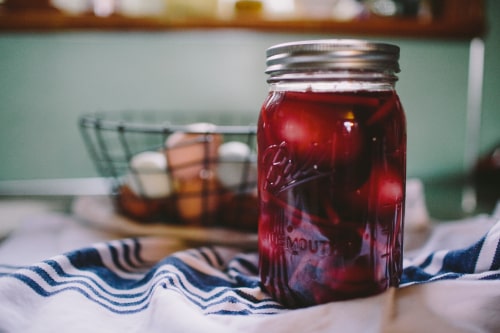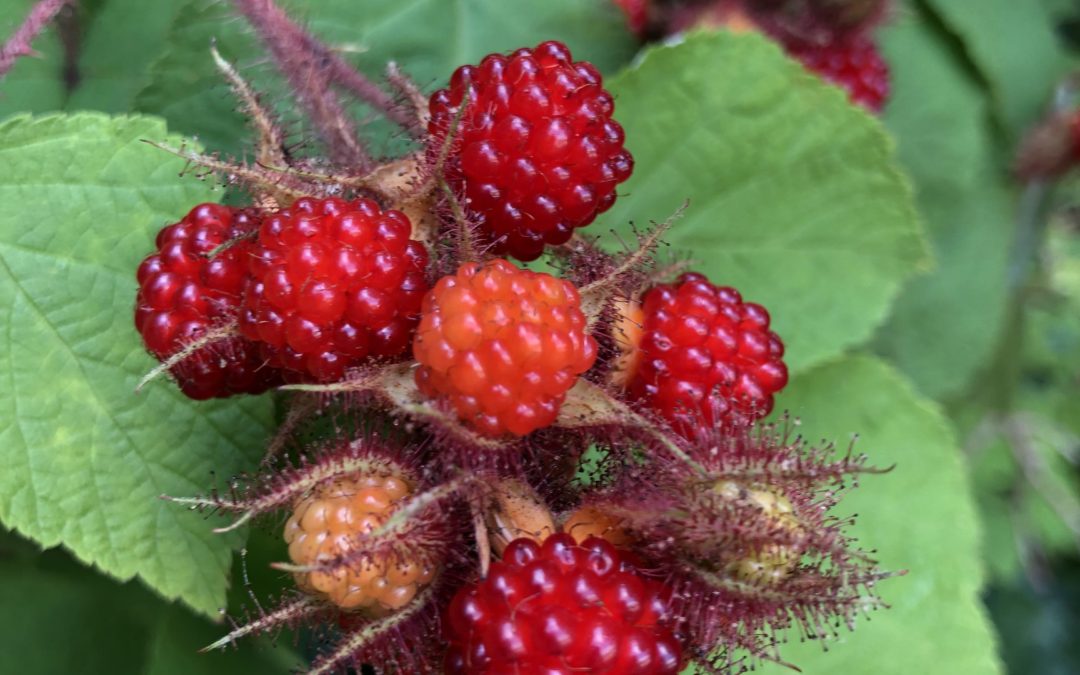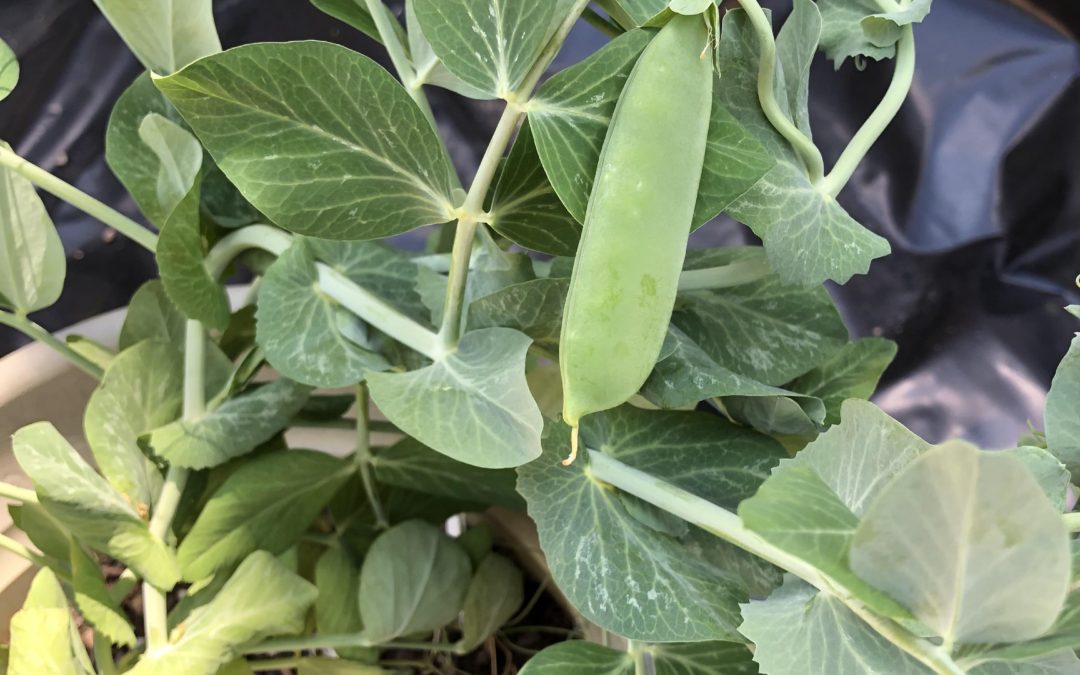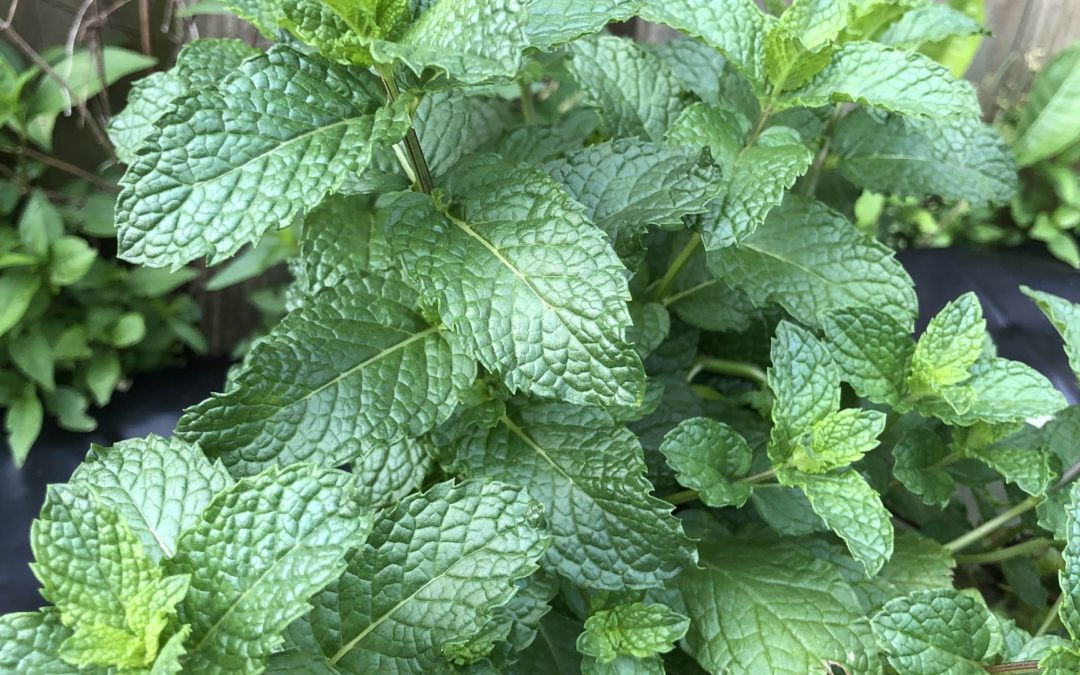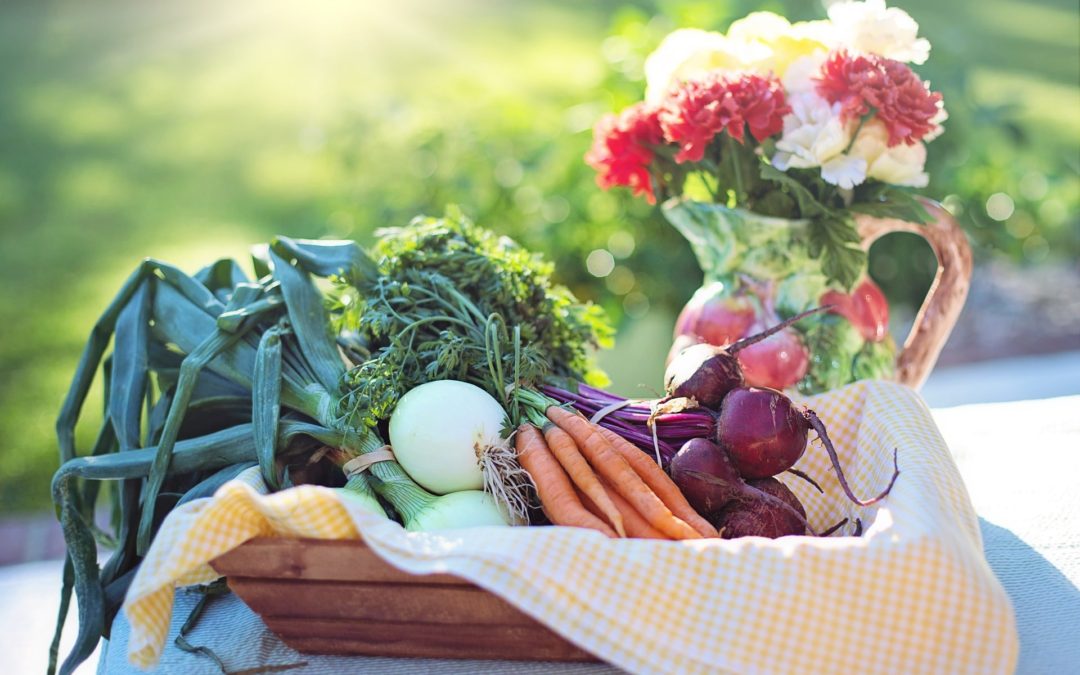
6 Vegetables to Plant in August for a Fall Garden
Many beginner gardens are so accustomed to starting a garden in April or May each year. However, mid-August is also another great time to plant and start a fall garden. There are so many fall garden vegetables that you can plant in August for a fall garden and get a complete second harvest!
Planting vegetables at this time of year allows cooler crops to start and become established while the weather is still hot. Once the temperatures cool down, cooler weather crops will start thriving and can be harvested after the first frost.
Read on for a list of 6 vegetables that you can plant in August for a successful fall garden.

Carrots

Carrots are a great fall crop because they can withstand light frosts. Typically carrots harvest in around 70 days. If I plant them in August with a first frost date in my location of around 10/15, I will really only have time for one succession crop.
I will plant a large crop and will plan to enjoy some of them fresh but the majority, we will either freeze or can. I will be looking to harvest them mid-to-end of October. This is a really great way to keep your garden space saved for peppers, tomotoes, or cucumbers in the summer but then change over to carrots, beets, onions, etc for the fall.

Stop wasting your fruits and vegetables!
Grab the Ulimate Fruit and Vegetable Seasonal Guide for FREE to start properly storing your produce so you can stop throwing it away and start enjoying it longer.
Peas

Peas are typically cool weather crops and do the best when planted in early spring and in late summer, avoiding the hottest season.
I love to use a variety of pea that does not need trellising and are tolerant to powdery mildew.
I have planted peas in the past with little success as a summer crop. They really do hate the heat and have just withered up in the hot summer sun. The only difficulty with a fall garden is finding space among all of the already thriving summer crops.
One technique is to plant them with a current crop so that they can thrive under the shade and protection of the already mature summer crop.
This year, I will be planting the peas among the already established tomatoes. If I plan it right, I may even be able to use the trellises currently being used by the tomatoes once the tomatoes are done producing.
The current tomatoes will provide shade from the hot sun and hopefully to deer and rabbits won’t find them right away.
Garlic

Garlic should be planted in late fall, early winter and will not be harvested until the next July. Since it takes up so much space in the garden, it is important to do some planning now. The garlic you planted in the winter will still be growing when it comes time to plant your spring garden.
I have been trying to figure out where the best place to plant our garlic would be. After some thought, I decided to keep my smaller plot in the front of my house dedicated to long term plants like my strawberry patch, and blueberry bushes. My plan is to save a portion of this plot for my garlic patch.
To plant garlic, get cloves from a trusted source to ensure that it is suitable for planting. Break the bulb apart into individual cloves, keeping the paper husk intact. Plant in soil, about 2 inches deep, with the smaller end facing upwards. The wide end should be faced down. Then cover with soil.
A common practice is to then cover the bed with straw to provide mulch and protection from too much frost. These will grow until it is time to harvest the following summer.

Stop wasting your fruits and vegetables!
Grab the Ulimate Fruit and Vegetable Seasonal Guide for FREE to start properly storing your produce so you can stop throwing it away and start enjoying it longer.
Lettuce

Lettuce is a must for fall gardening. If you are able to throw in one last harvest, you should definitely do so before the winter. Since lettuce does not preserve well, this will be your last chance to have fresh lettuce until next spring unless you take advanatage of some othe methods like cold frames or a greenhouse.
Lettuce typically harvests in around 65-70 days. In mid-August, that really only allows about one more harvest. I plan to plant a large batch and hopefully have some big salads that week or give some away.
Beets

Similar to the carrots, beets are a wonderful fall crop. The beets that I plan on planting require 60-65 days for a full harvest. However, you can harvest and eat the beets at anytime, they may just me smaller than if you wanted for full growth.
The stems are also a great sources of nutrients and vitamins that can be used in a variety of dishes. Beets can be presereved by freezing, canning, pickeling, or storing in a root cellar.
Radish

Radishes are a really great crop to plant for the early spring or fall gardens. Radishes have a very short harvest time, which make them a really great plant to practice succession planting. You can get quite a few harvest in during a few months. They harvest in 29 days so they can be planted as late as early fall for the last harvest of the year.
If planted in early to mid-August, you could still get plenty of succession plants in and keep a steady supply growing.
Planting a fall garden is a great opportunity to get in some extended growing time and once it is worked into your yearly growing plan it can be so easy. It is also a great way to grow some of those cooler crops while utilizing the shade and nutrients of the plants already growing.
Growing a fall garden also allows you to spread out your harvesting and preserving so that you are not doing all of it at one time in July or August.
I am really looking forward to all of the awesome vegetables in our fall garden and I am excited about some of the vegetables that I have added that my family does not typically eat such as beets and radishes! Our kids pretty much eat anything so it will be interesting to see how they like some of these different vegetables. One of the awesome reasons to plan a garden for your family!

Stop wasting your fruits and vegetables!
Grab the Ulimate Fruit and Vegetable Seasonal Guide for FREE to start properly storing your produce so you can stop throwing it away and start enjoying it longer.

Welcome to Wingin’ it on the Homestead! My name is Stephanie Leaf. I am a wife to a can-fix-anything husband, mother of two boys under 3, future expert gardener, lover of anything old and dusty, and inspiring homesteader. My family and I are new to this journey and loving every minute of it. Please join me in embracing a simpler life!

